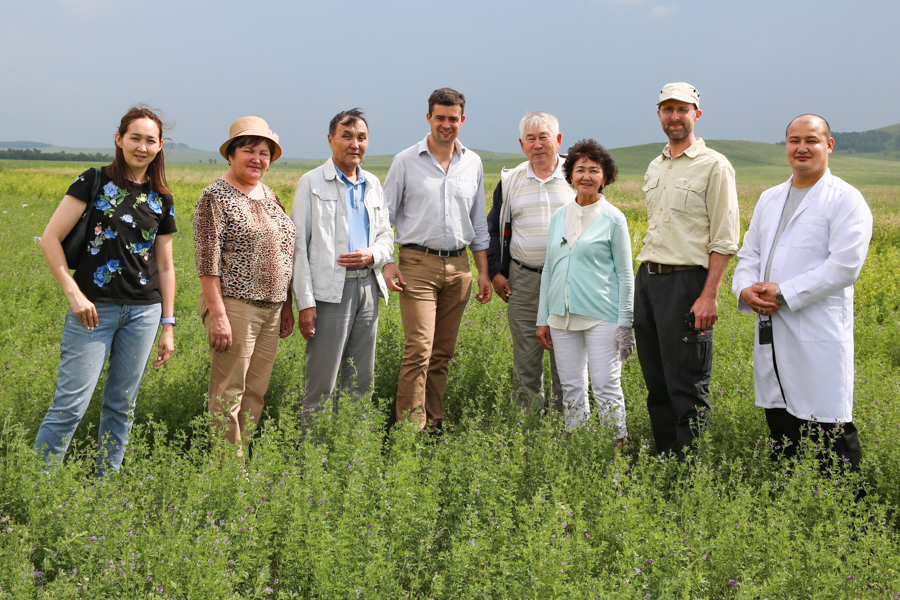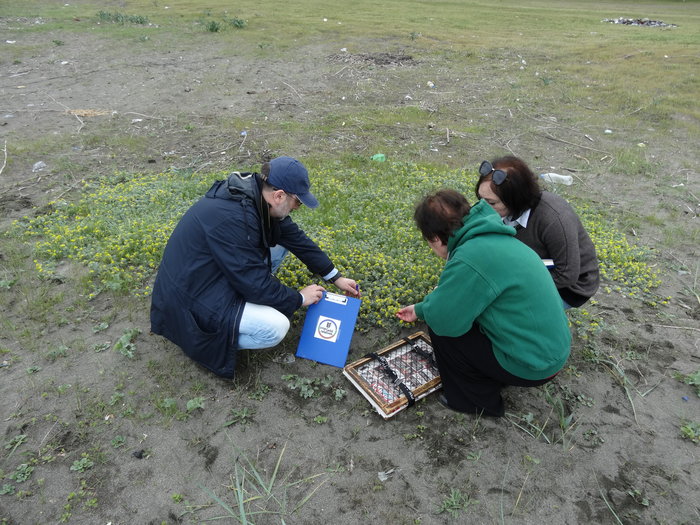Alfalfa
Medicago sativa
Alfalfa is an important and broadly adapted forage crop that is planted for hay, pasture and silage in more than 80 countries on 30-35 million hectares. However, livestock and forage production is being shifted to more marginal, less fertile agricultural soils as the world population increases. Climate change is furthermore projected to further stress alfalfa production in areas where the crop is most important, such as the desert regions of Central Asia and northern Chile. As water becomes scarcer in these regions, the development of improved, drought-tolerant alfalfa varieties will be essential.
COLLECTING PARTNERS
- Institute of Botany of Ilia State University (IoB)
- National Botanical Garden of Georgia (NBGG)
- Agricultural Research Institute (ARI) of the Ministry of Agriculture, Natural Resources of Environment
- Lebanon Agricultural Research Institute (LARI)
- National Agriculture Genetic Resources Center (NAGRC - Nepal)
- Instituto Nacional de Investigaciones Agropecuarias (INIAP, Ecuador)
- Museu Nacional de História Natural e da Ciéncia
- Genetic Resources Institute (GRI) of Azerbaijan National Academy of Sciences
- Plant Genetic Resources Institute (PGRI - Pakistan)
PRE-BREEDING PARTNERS
- Instituto Nacional de Innovacion Agraria (INIA, Chile)
- National Academy of Sciences of the Republic of Kazakhstan (KSRIAPG)
- University of California, Davis (UC Davis)
- Grassland Research Institute (GRI) of the Chinese Academy of Agricultural Sciences (GRI/ CAAS)
- South Australian Research and Development Institute (SARDI)



